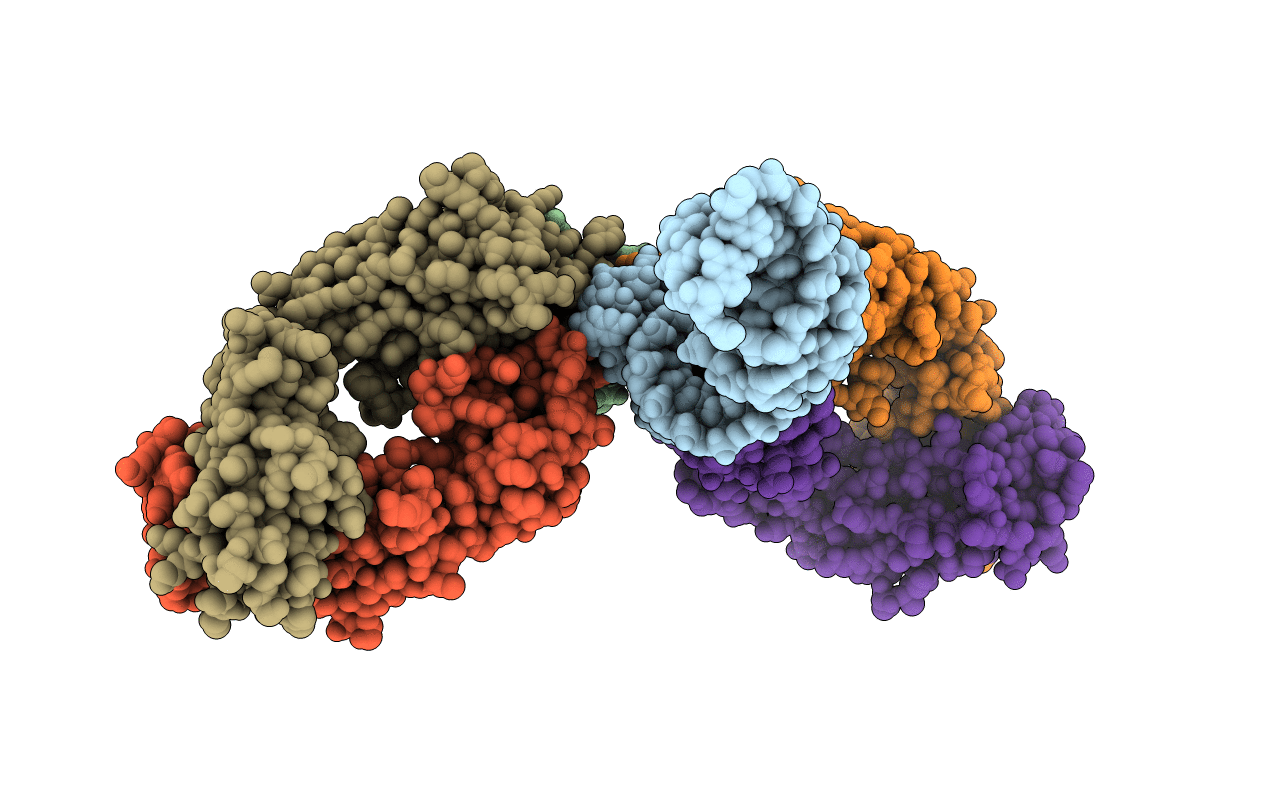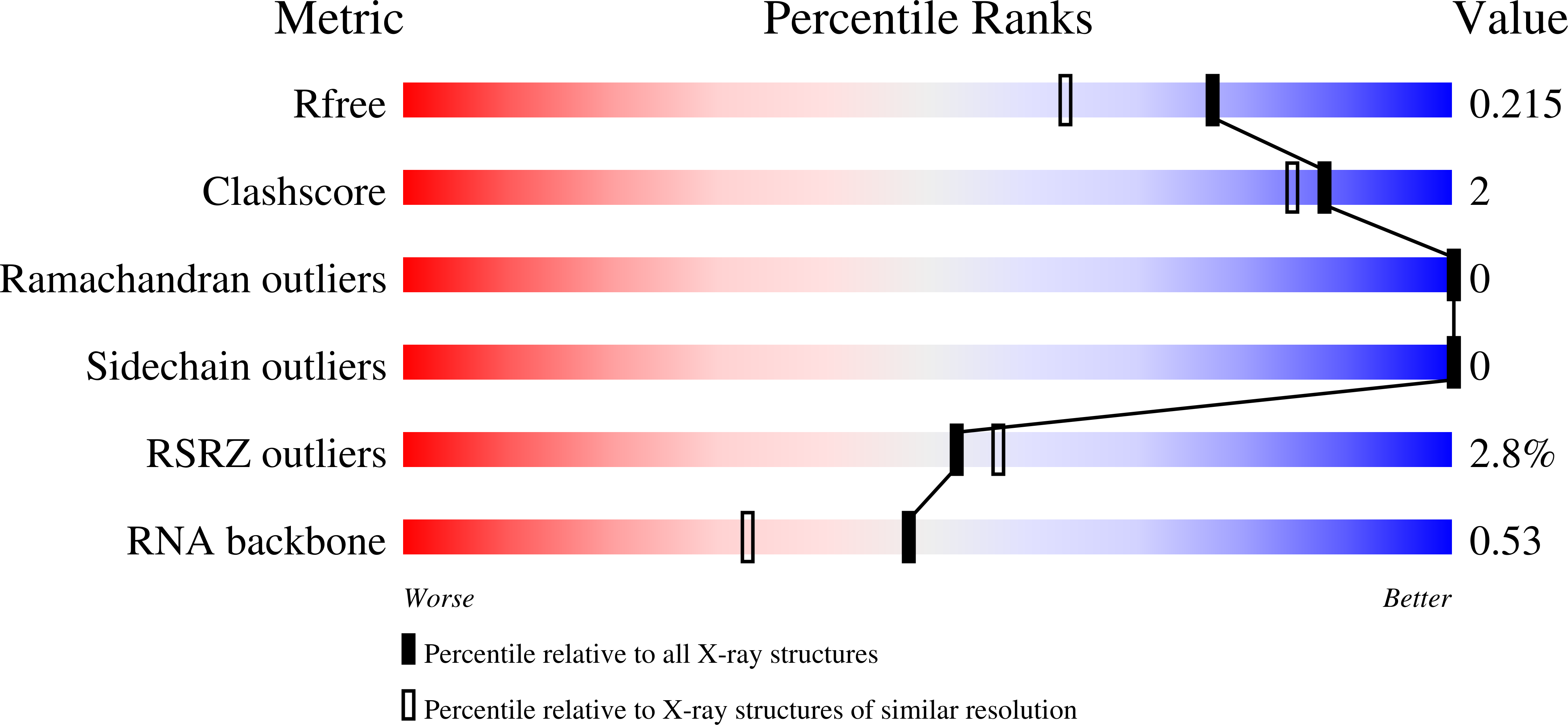
Deposition Date
2020-06-24
Release Date
2022-01-19
Last Version Date
2024-11-13
Entry Detail
PDB ID:
6XJQ
Keywords:
Title:
Crystal structure of a self-alkylating ribozyme - alkylated form with biotinylated epoxide substrate
Biological Source:
Source Organism:
Homo sapiens (Taxon ID: 9606)
Aeropyrum pernix (Taxon ID: 56636)
Aeropyrum pernix (Taxon ID: 56636)
Host Organism:
Method Details:
Experimental Method:
Resolution:
1.71 Å
R-Value Free:
0.21
R-Value Work:
0.18
R-Value Observed:
0.18
Space Group:
P 1 21 1


